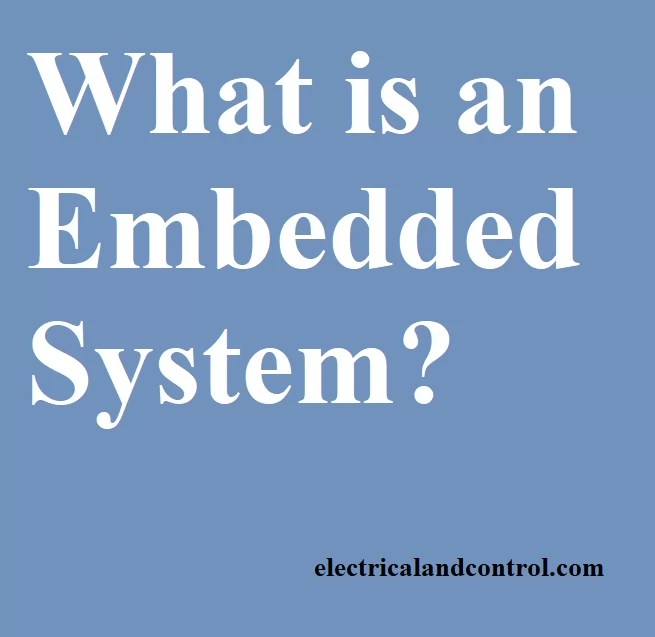Since this is an ever evolving field with advancement in technology, you will find various definitions of embedded systems out there but what stands out from all of them is that, they are electronic systems that contain either a microprocessor or a microcontroller, but we don’t think of them as computers, because the computer is hidden or embedded in the system.
We can therefore define an embedded system as a microcontroller-based, software-driven, real time control system that is independent, or human or network-interactive which operates on diverse physical variables and in diverse environments albeit reliably.

An embedded system has three main components that are embedded into it:
We have several examples of embedded devices that include:
Also read: Microprocessor vs. Microcontroller, What are the Differences?
An Expert’s Guide to EV Load Management and NEC Compliance Smart EV charging control architectures…
Frequent power failures due to severe storms, aging grid infrastructure, and other unpredictable natural disasters…
The rise of smart devices and the Internet of Things (IoT) has revolutionised the way…
Battery technology has become essential to the global transition to sustainable energy, fundamentally changing transportation…
Hydraulic systems are built in such way that they are able to move large loads…
Image source: Unsplash Innovation in aerospace engineering is accelerating, driven by rising demands for safer,…